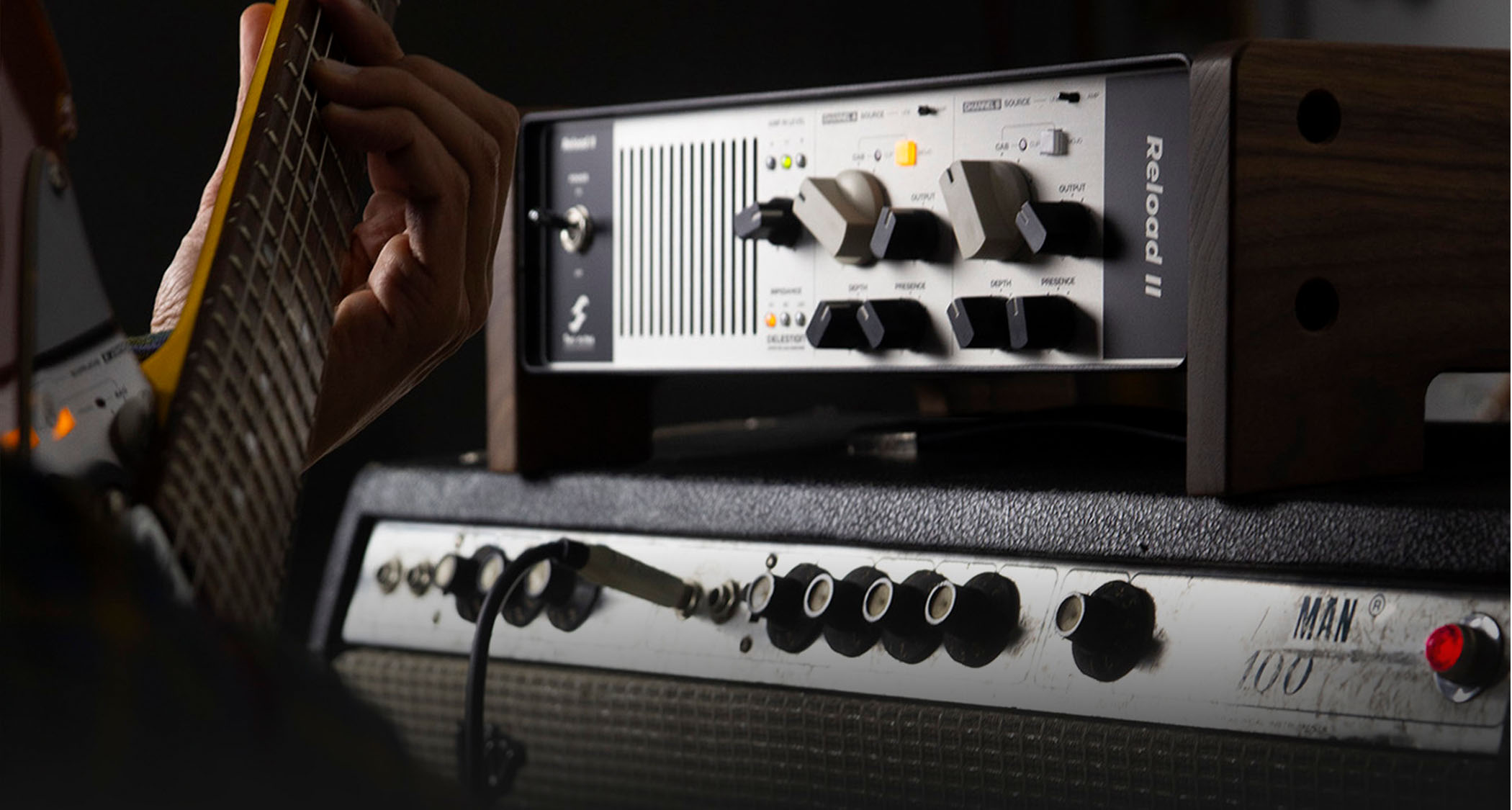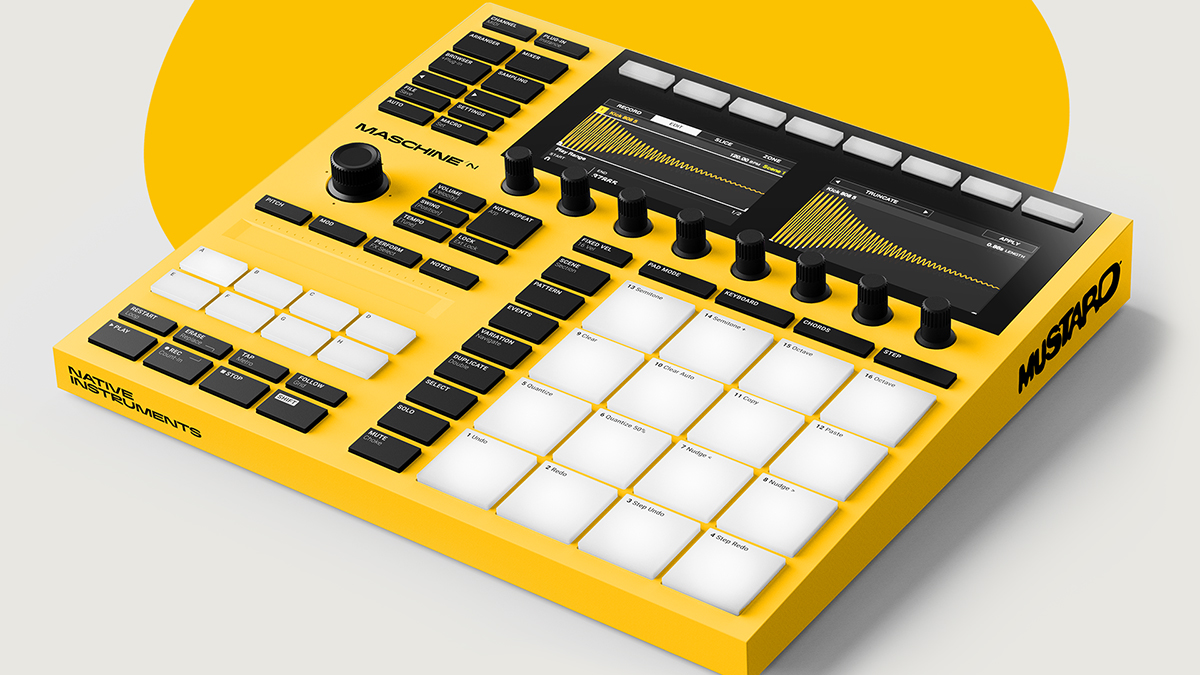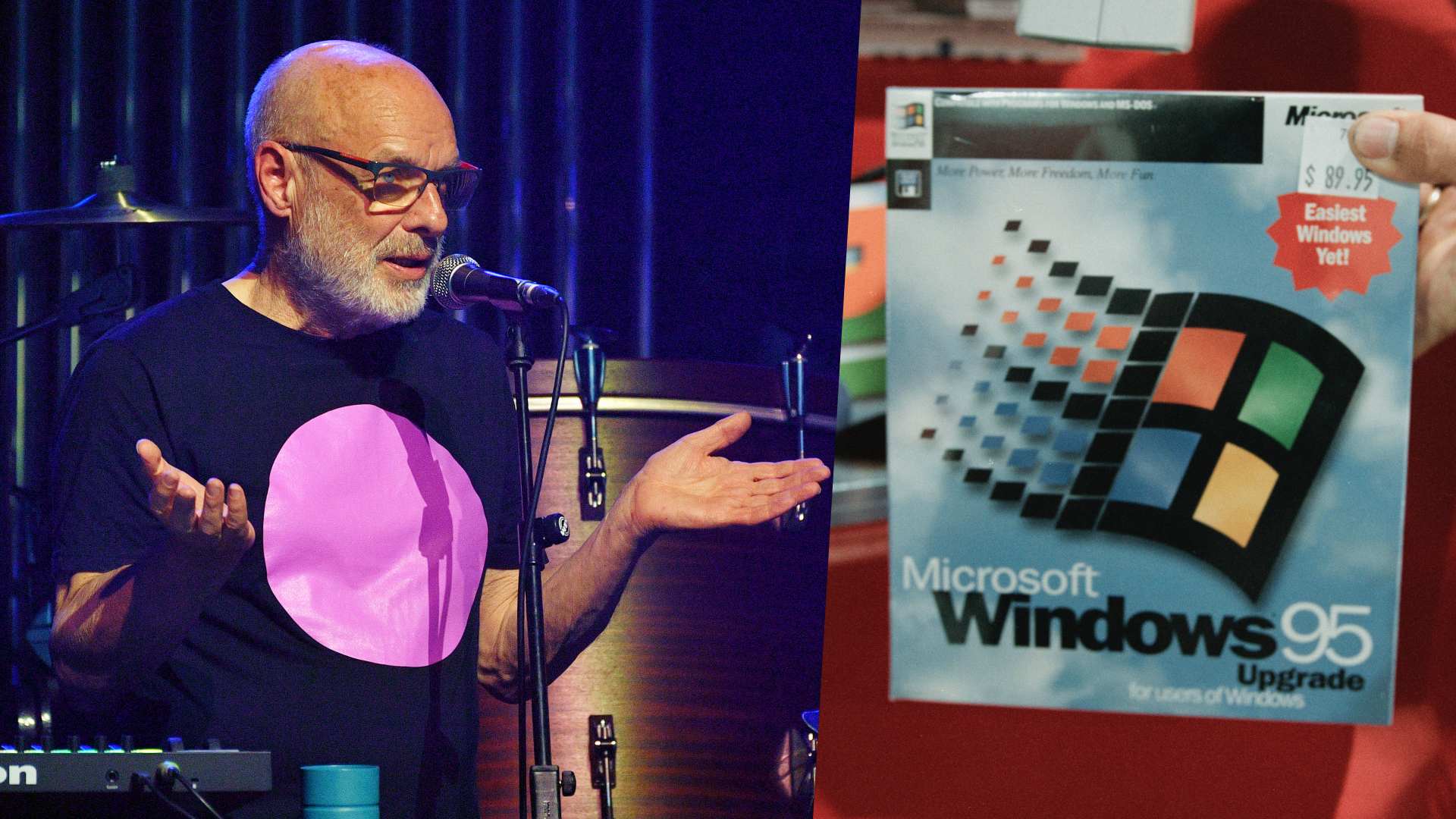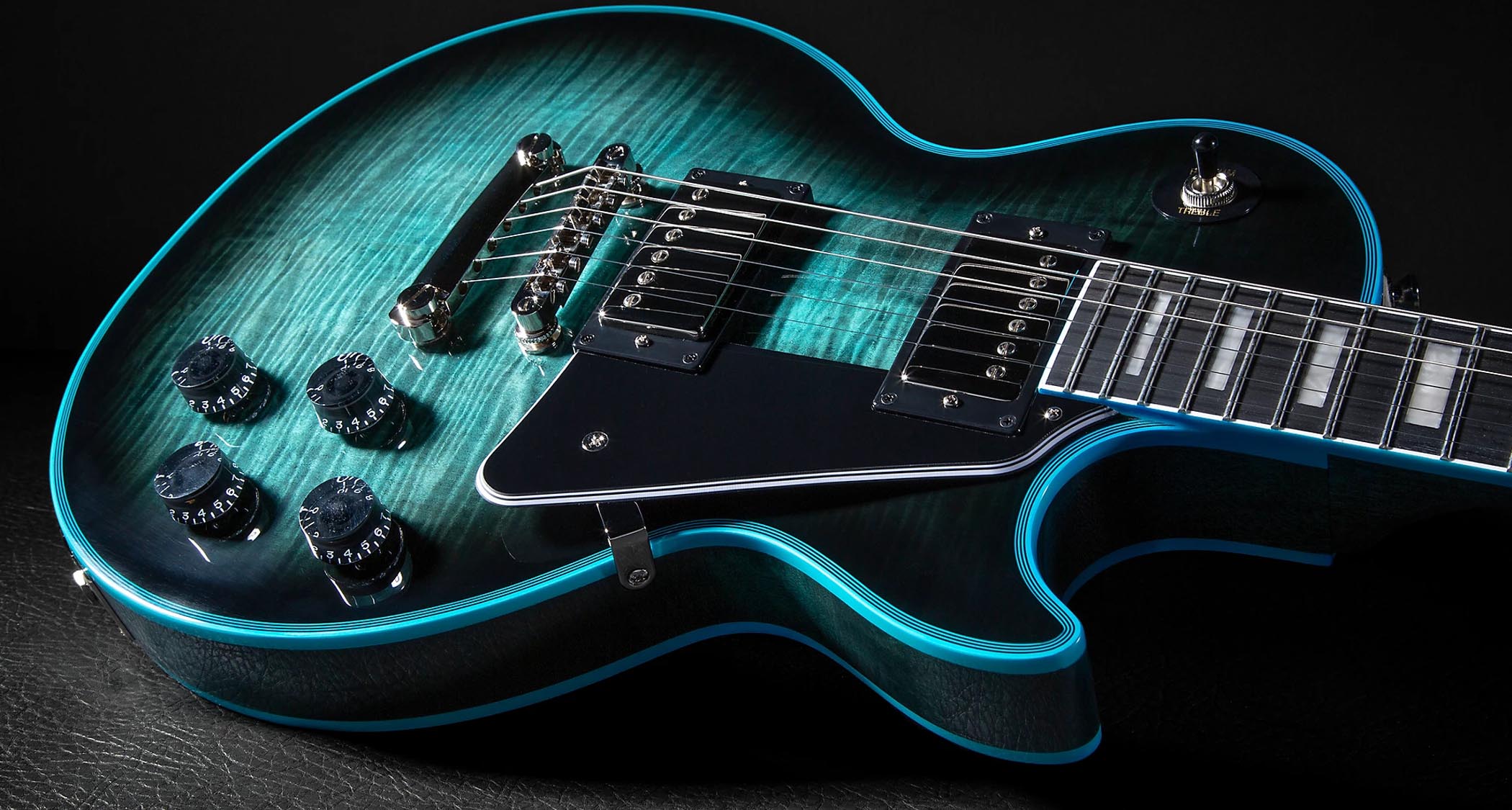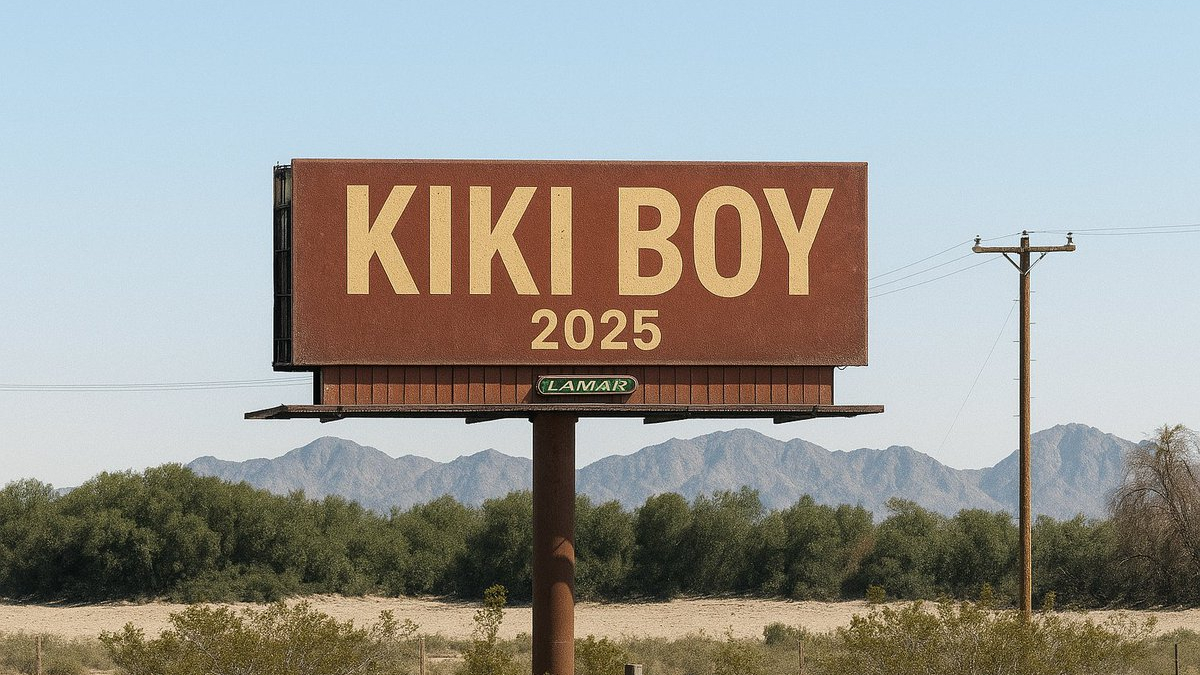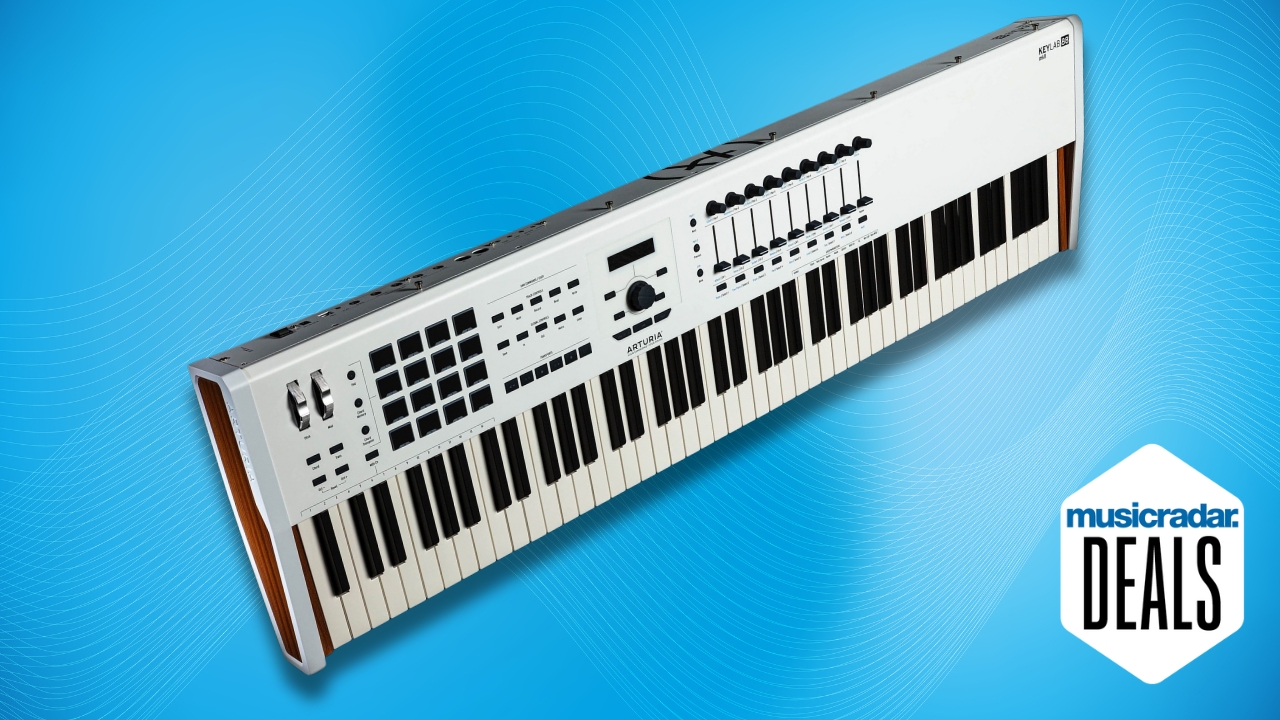“It's like recording sounds across time”: How Yumi Matsutoya, one of Japan's biggest ever artists, used AI to turn back the clock when crafting her new album
One of Japan's most celebrated singers harnessed Dreamtonics' vocal processing to create a new voice which transcends time and space
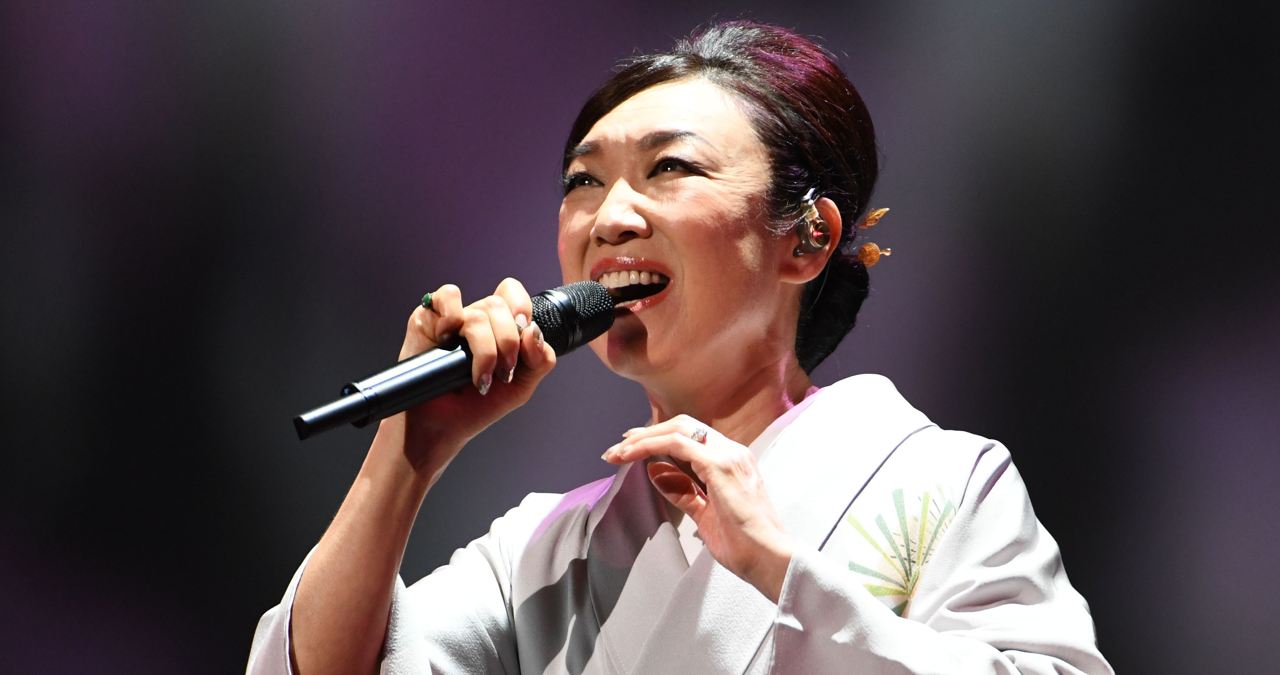
What is time? It's a question that has long bounced around the heads of philosophers and artists. In today's tech-dominated world, the idea of time, age and the effect that it has on all human beings that can be interrogated in increasingly fresh ways. For Japanese pop supremo Yumi Matsutoya, this meant harnessing Dreamtonics' Synthesizer V to re-mould her voice as it used to sound, decades ago.
For her 40th studio album, Yumi sought to explore the notion of time in more pronounced way than just via lyrics - Matsutoya wanted the idea of time and space coalescing to form a central part of how she presented herself, vocally, on the record.
Held in similar regard to singer/songwriters such as Carly Simon and Joni Mitchell in terms of her cultural impact and legacy in Japan, Yumi Matsutoya (known by many as 'Yuming') has become an institution in her homeland, with almost yearly-tours and album releases maintaining her status as a key household name in the Japanese pop music canon.
To push things to the next level, for album #40, Yumi worked with her producer (and husband) Masataka Matsutoya to build the 'Chrono Recording System' - an original technology the pair made specifically to build this new record.
This new approach relies heavily on Synthesizer V from Dreamtonics, which enables users to draw in melodies and adjust the tone and style of the input voice to suit different song styles. Dreamtonics' AI integration can smartly adjust the pitch or style, and re-mould it in a range of expressive ways.
Using this flexible technology, the pair re-built Yumi's voice as it sounded some fifty-plus years back, during the era of her 1973 debut record Hikō-ki Gumo and 1974 follow-up Misslim. A time when she was known as Yumi Arai.
Next, they combined these two voices, merging these two distinct eras of Yumi's career.
Masataka Matsutoya was first prompted to do this a few years ago, when unexpectedly digging out an unreleased demo of a song neither he nor Yumi could not remember recording.
The pair thought it still had potential, but efforts to re-record it floundered. It was then that Masataka learned of a small team working on turning vocal samples into melodies. Masataka got in touch. "I asked if I could sample Yumi's old voice and create a new melody, and she said she would give it a try," Masataka says.
Get the MusicRadar Newsletter
Want all the hottest music and gear news, reviews, deals, features and more, direct to your inbox? Sign up here.
"After much trial and error, the finished product was still far from what I had imagined, and it was only slightly similar. But I used parts of it to create a piece with the theme of going to meet my old self. The song is called Call Me Back. Yes, this is where it all began."
Matsutoya continues; "just a few years later, I learned about the existence of software called 'Synthesizer V' developed by Dreamtonics. The research that a certain national university was working on at the time had made astronomical progress, whether because of the development of technology in such a short time or the talent of the engineers."
With the rapid evolution of AI and the speed of vocal processing now much quicker, Masataka and Yumi could get to work on building a dedicated tool for taking Yumi's original voice out of time, and placing it in today's context.
"We were convinced that we could make an interesting album by successfully coexisting the voices we created with current voices, so we named Synthesizer V and our production process the 'Chrono Recording System'. It's like recording sound beyond time. Anyone who listens to it can hear the old Yumi, yet the results are strikingly new.”
The pair merged both Yumi's voice now with this synthesised younger voice, creating something entirely new - a voice that embodies the very time-based themes that Yumi wanted to explore.
The as-yet-untitled new album should be released later this year, and will likely further the discourse around AI's continued use not just as a disruptor to the industry, but as a door-unlocking, creative tool.
Though commercial voice models have proven controversial in terms of the rights issues and ethical implications, Yumi's example proves that this hotly debated technology - in the right hands - can be used to widen an artist's canvas.

I'm the Music-Making Editor of MusicRadar, and I am keen to explore the stories that affect all music-makers - whether they're just starting or are at an advanced level. I write, commission and edit content around the wider world of music creation, as well as penning deep-dives into the essentials of production, genre and theory. As the former editor of Computer Music, I aim to bring the same knowledge and experience that underpinned that magazine to the editorial I write, but I'm very eager to engage with new and emerging writers to cover the topics that resonate with them. My career has included editing MusicTech magazine and website, consulting on SEO/editorial practice and writing about music-making and listening for titles such as NME, Classic Pop, Audio Media International, Guitar.com and Uncut. When I'm not writing about music, I'm making it. I release tracks under the name ALP.
You must confirm your public display name before commenting
Please logout and then login again, you will then be prompted to enter your display name.
“I’m looking forward to breaking it in on stage”: Mustard will be headlining at Coachella tonight with a very exclusive Native Instruments Maschine MK3, and there’s custom yellow Kontrol S49 MIDI keyboard, too
“The thing from the agency said, ‘We want a piece of music that is inspiring, universal, blah-blah, da-da-da...' and at the bottom it said 'and it must be 3 & 1/4 seconds long’“: Brian Eno’s Windows 95 start-up sound added to the US Library of Congress


